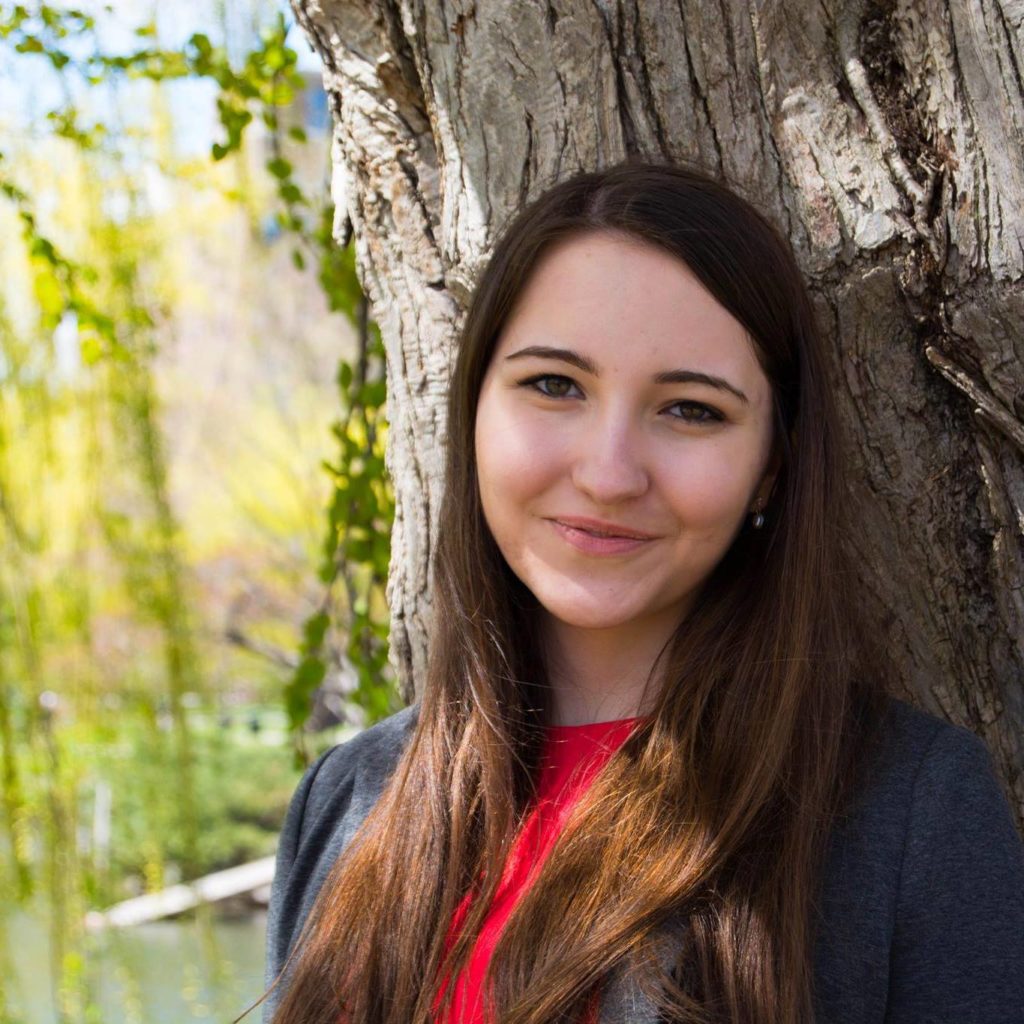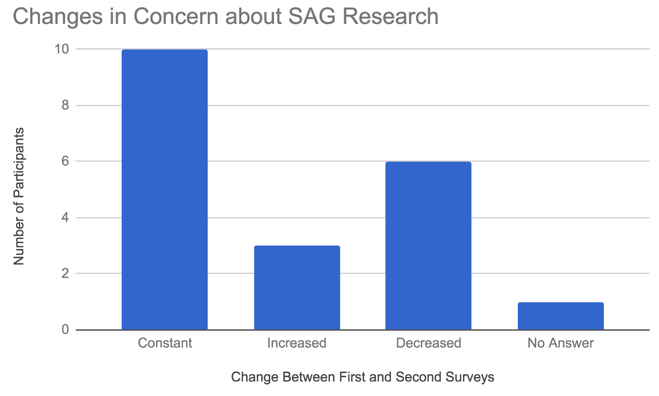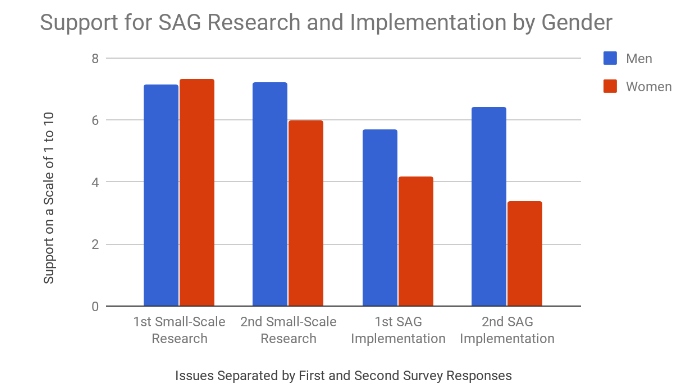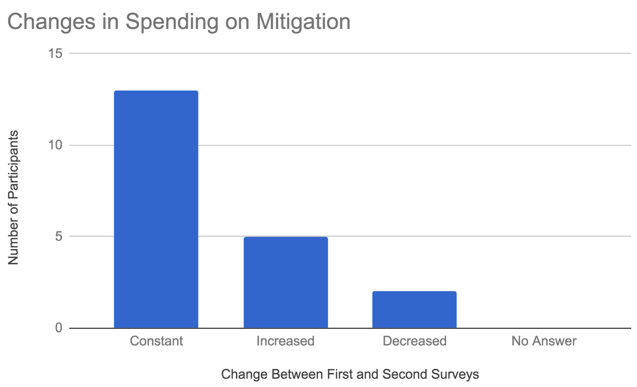What does the public think about solar geoengineering research?
Preliminary public opinion on outdoor experiments

[The views of guest post authors are their own. C2G2 does not necessarily endorse the opinions stated in guest posts. We do, however, encourage a constructive conversation involving multiple viewpoints and voices.]
Over the coming months, researchers at Harvard are planning to conduct one of the first outdoor solar geoengineering experiments using a proposed technique called stratospheric aerosol injection (SAI).
This involves dispersing aerosol particles, namely calcium carbonate and sulfate, into the atmosphere to reflect sunlight away from Earth and counteract rising temperatures from climate change.
According to computer models and evidence from past volcanic eruptions, which also release aerosols into the atmosphere, this technology has the potential to reduce harms from climate change, such as sea level rise and extreme weather. But it also comes with significant risks and uncertainties, both in terms of climate impact and governability.
The Stratospheric Controlled Perturbation Experiment (SCoPEx) will be small-scale and will not affect temperature.[1] Nonetheless, it raises important questions about the role of scientists, government, and the public in overseeing geoengineering research.
As a student at Harvard College studying Environmental Science and Public Policy, I wrote my senior thesis about public opinion on SCoPEx. With funding from Harvard’s Weatherhead Center for International Affairs,[2] I conducted deliberative workshops with Boston and Cambridge residents to explore public perception of SCoPEx and solar geoengineering more broadly.
It is worth noting that the sample size for my study was quite small: the initial focus group involved four participants, and the subsequent deliberative workshops had five participants each for a total of twenty people. This was due to temporal and monetary constraints; participants were compensated at $15 per hour. Thus, the findings included here are tentative and meant to serve more as guidance for future research than definitive answers about public opinion on SCoPEx.
To my surprise, participants generally showed less concern about and more support for solar geoengineering research after learning about its risks and potential rewards.
They also showed little sign of moral hazard (the idea that research into solar geoengineering may reduce society’s commitment to cutting carbon dioxide emissions), and they gave thoughtful recommendations for improving SCoPEx’s governance.
In conducting this research, I first had to create as unbiased a presentation on SCoPEx and geoengineering as possible. To start, I conducted a focus group to collect questions from Boston and Cambridge residents, and then brought those questions to experts both in favor of and skeptical of SCoPEx. The experts’ responses were filmed, and a sample of them can be found here:
- Dr. Joshua Horton, Research Director of Geoengineering at the Harvard Kennedy School’s Belfer Center for Science and International Affairs: https://www.youtube.com/watch?v=MwS6jDtyE54
- Dr. Peter Irvine, Postdoctoral Research Fellow at Harvard’s School of Engineering and Applied Sciences with Professor David Keith’s Research Group: https://www.youtube.com/watch?v=nDTGVQwKZFU
- Dr. Jennie Stephens, Dean’s Professor of Sustainability Science and Policy at Northeastern University: https://www.youtube.com/watch?v=6Q2nBhagTTo
- Dr. Samuel Weiss-Evans, Visiting Research Fellow with the Program for Science, Technology, and Society at the Harvard Kennedy School and a Research Affiliate at the Program on Emerging Technologies at MIT: https://www.youtube.com/watch?v=CglDvHyChYQ
Once I had assembled this information, I conducted four deliberative workshops, again with Boston and Cambridge residents. Participants were first given brief definitions of SCoPEx and geoengineering, and then asked to fill out a survey detailing their initial opinions about the experiment. I then gave them the more detailed summary using expert information.
After learning more, participants were then given time to debate: (1) whether SCoPEx should move forward, (2) if so, whether SCoPEx’s current governance is satisfactory, and (3) if not, whether SCoPEx’s oversight could be reformed to assuage participants’ concerns about the experiment. Finally, participants were asked to fill out the same opinion survey a second time.
Growing support for and declining concern about SCoPEx and geoengineering
I expected that participants’ support for SCoPEx and stratospheric aerosol geoengineering (SAG) research would decline after they were given a thorough account of the physical and sociopolitical risks of geoengineering research. Nevertheless, their support for SCoPEx rose from an average of 6.55 to 6.85 out of ten, and their support for larger-scale SAG research rose from 5.00 to 6.15 out of ten. Their support for SAG implementation also increased slightly from a mean of 5.25 to 5.63 out of ten. Changes in perception are shown on a more individualized level below:
Figure 1. Changes in concern about SAG research by number of participants.
Though it is difficult to know exactly why each participant changed (or maintained) their views, there were a few justifications that came up several times. Among those who opposed SCoPEx and solar geoengineering research more generally, the most common justifications were opposition to pollution at any scale (from the aerosols introduced to the stratosphere) and concerns about moral hazard. Among those who supported SCoPEx, a variety of reasons were cited, including generic support for scientific progress, concern about climate change that outweighed the risks of research, and hope that experiments would yield other useful results.
These trends were somewhat different between men and women, as other research has shown.[3] Women tended to show increasing concern about and decreasing support for stratospheric aerosol geoengineering research, as shown below. The small sample size is again worth noting here, since the sample of women was even smaller (6 women).
Figure 2. Differences and changes in support for SAG research and implementation by gender.
No significant trends were noted across political affiliation, suggesting that geoengineering’s absence from mainstream discourse may have helped it avoid politicization and polarization.
Lack of a moral hazard effect on support for emissions mitigation
One of the most frequently cited concerns with SAG research is moral hazard. Many have worried that public awareness of SAG would decrease society’s commitment to greenhouse emissions mitigation, the undisputed best way to address climate change. However, the participants in my study did not show signs of moral hazard. Their level of concern about climate change, support for emissions mitigation, and comparative spending on emissions mitigation (when asked to spend $100 between emissions mitigation, adaptation to climate change, and SAG research), all remained constant or increased. Changes in spending on mitigation are shown below.
Figure 3. Changes in spending on mitigation by number of participants.
Recommendations for increasing public, international, and cross-institutional input on SCoPEx governance
Participants generally supported SCoPEx, but felt that researchers should broaden outreach to members of the public, both in the US and abroad, and to other institutions, such as government-funded research organizations and universities. They wished to see experts make the ultimate decision about whether SCoPEx should move forward, but felt that public input should be considered heavily in the process. Since SCoPEx’s exact governance structure is still being devised, these recommendations, which were communicated to SCoPEx researchers, may help guide decisions about stakeholder engagement and collaboration.
These findings were encouraging because they demonstrated that deliberation can help members of the public understand SCoPEx and SAG and make informed decisions about them. While these findings are also encouraging for SCoPEx researchers, given that study participants generally supported the project without decreasing their commitment to greenhouse gas emissions mitigation, they must not be taken as the final word on SCoPEx outreach. Broader engagement with larger samples across diverse regions must be undertaken, and the results must be given due consideration regardless of outcome. After all, SAG—and by extension the research that furthers it—carries both enormous risks and tremendous promise that should not be assessed by scientists and experts alone. Every person has a stake in the climate’s future, and thus the public must be consulted even in early stages of SAG research.
[1] Keutsch Research Group. (2017). Stratospheric Controlled Perturbation Experiment (SCoPEx).
Retrieved December 4, 2017, from https://projects.iq.harvard.edu/keutschgroup/scopex.
[2] I did not take funding from Harvard’s Solar Geoengineering Research Program, and I took care to maintain independence from their work. While I did speak with some of their employees to get more information about SCoPEx, I did not work closely with them on my research.
[3] Buck, H. J., Gammon, A. R., & Preston, C. J. (2014). Gender and Geoengineering. Hypatia: A Journal of Feminist Philosophy, 29(3). doi:10.1111/hypa.12083



There is very likely no future for us without solar geoengineering. It is difficult to think that many are not aware of this. Thank you for what you are doing.